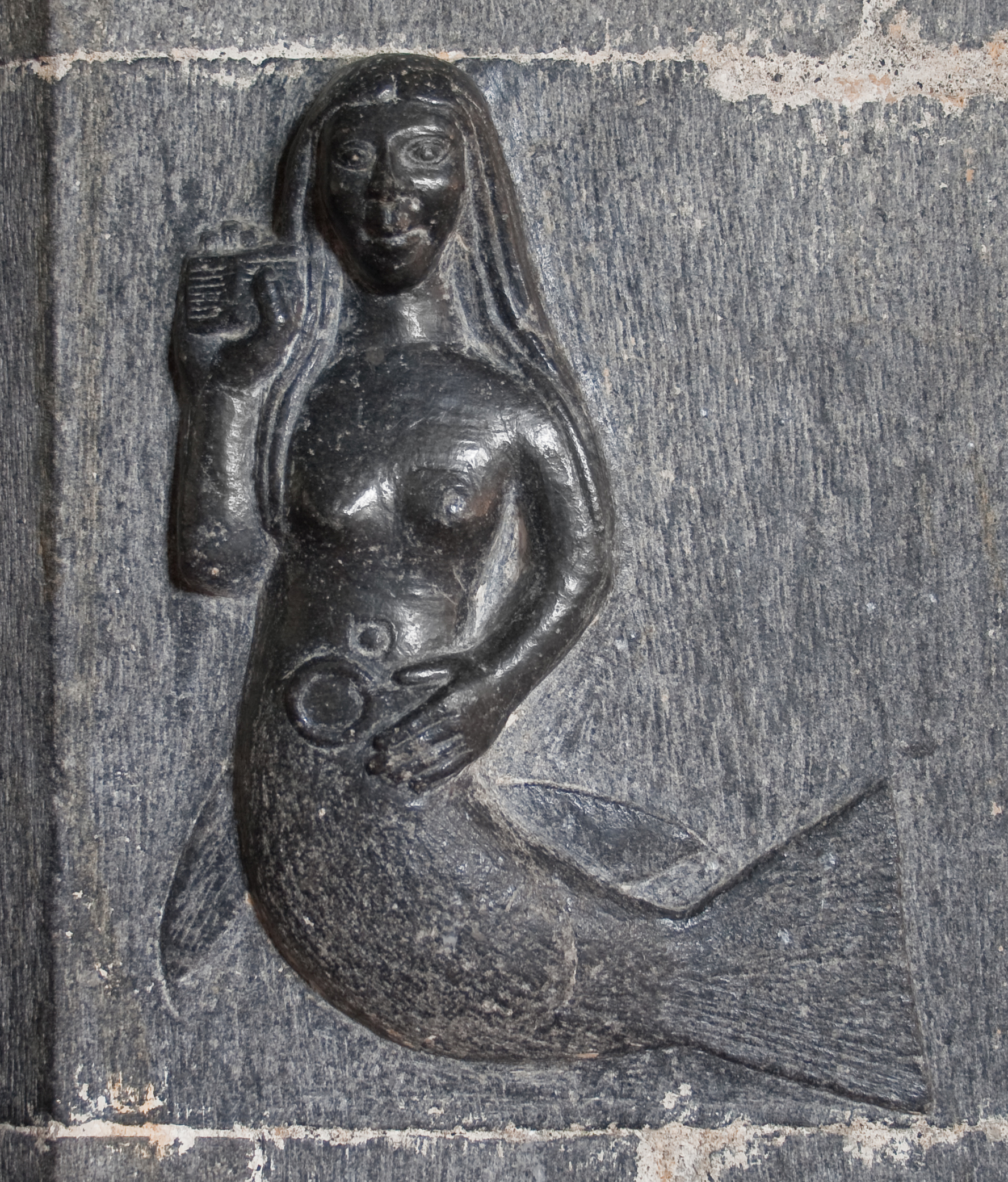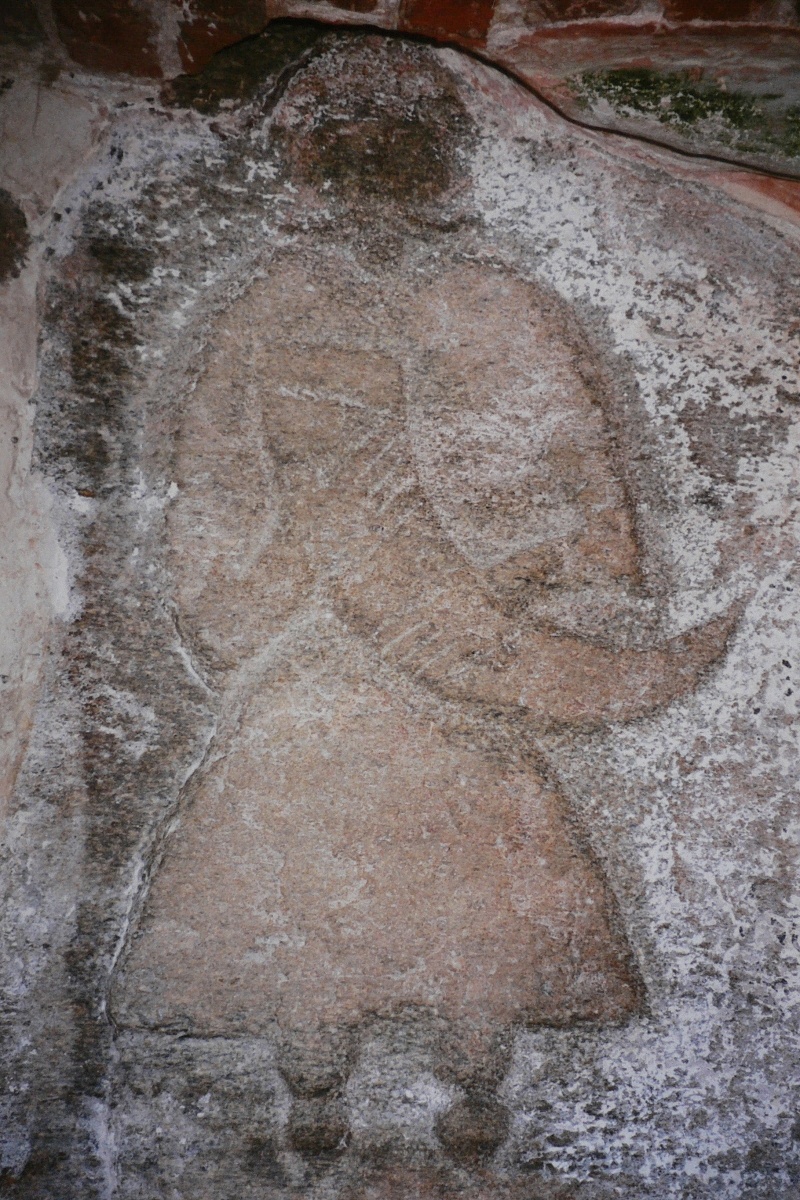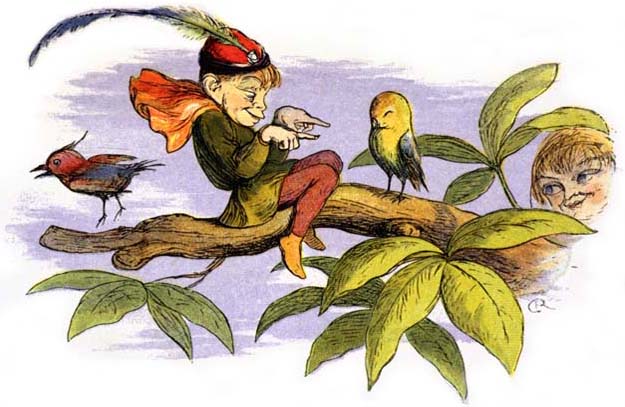|
The Stones Are Hatching
''The Stones Are Hatching'' is a young adult fiction, young adult fantasy literature, fantasy novel by Geraldine McCaughrean first published in 1999 by Oxford University Press. Plot Eleven-year-old Phelim Green awakes to find his house full of Glashtyn, small creatures, led by the Domovoy which has been living behind his stove. As the Domovoy explains to Phelim that the monsters attacking him are called 'hatchlings', the house is attacked by a monstrous Black dog (folklore), black dog. The Domovoy saves Phelim from being eaten, but evicts him from his house. Confused, Phelim wanders into a forest, where he meets a tree-dwelling tramp named Buile Shuibhne, Mad Sweeney, and later sees a Bean-nighe, washerwoman cleaning a bloody shirt. He flees in terror, encountering Alexia, a strange girl with no shadow, on a bridge. They are attacked by a Neck (water spirit), hatchling that uses treasure to lure Phelim into the river. The pair are saved by Sweeney, who explains that the hatchlings ... [...More Info...] [...Related Items...] OR: [Wikipedia] [Google] [Baidu] |
WikiProject Novels
A WikiProject, or Wikiproject, is a Wikimedia movement affinity group for contributors with shared goals. WikiProjects are prevalent within the largest wiki, Wikipedia, and exist to varying degrees within sister projects such as Wiktionary, Wikiquote, Wikidata, and Wikisource. They also exist in different languages, and translation of articles is a form of their collaboration. During the COVID-19 pandemic, CBS News noted the role of Wikipedia's WikiProject Medicine in maintaining the accuracy of articles related to the disease. Another WikiProject that has drawn attention is WikiProject Women Scientists, which was profiled by ''Smithsonian Magazine, Smithsonian'' for its efforts to improve coverage of women scientists which the profile noted had "helped increase the number of female scientists on Wikipedia from around 1,600 to over 5,000". On Wikipedia Some Wikipedia WikiProjects are substantial enough to engage in cooperative activities with outside organizations relevant t ... [...More Info...] [...Related Items...] OR: [Wikipedia] [Google] [Baidu] |
Jack In The Green
Jack in the Green, also known as Jack o' the Green, is an English folk custom associated with the celebration of May Day. It involves a pyramidal or conical wicker or wooden framework that is decorated with foliage being worn by a person as part of a procession, often accompanied by musicians. The Jack in the Green tradition developed in England during the eighteenth century. It emerged from an older May Day tradition—first recorded in the seventeenth century—in which milkmaids carried milk pails that had been decorated with flowers and other objects as part of a procession. Increasingly, the decorated milk pails were replaced with decorated pyramids of objects worn on the head, and by the latter half of the eighteenth century the tradition had been adopted by other professional groups, such as bunters and chimney sweeps. The earliest known account of a Jack in the Green came from a description of a London May Day procession in 1770. By the nineteenth century, the Jack in t ... [...More Info...] [...Related Items...] OR: [Wikipedia] [Google] [Baidu] |
Merrow
Merrow (from Irish ', Middle Irish ' or ') is a mermaid or merman in Irish folklore. The term is of Hiberno-English origin. The merrows supposedly require a magical cap ( ga, cochaillín draíochta; Hiberno-English: cohuleen druith) in order to travel between deep water and dry land. Overview The term appears in two tales set in Ireland published in the 19th century: " Lady of Gollerus", where a green-haired merrow weds a local Kerry man who deprives her of the "magical red cap" ('); and " The Soul Cages" where a green-bodied grotesque male merrow entertains a fisherman at his home under the sea. These tales with commentary were first published in T. C. Croker's ''Fairy Legends'' (1828). William Butler Yeats and others writing on the subject borrowed heavily from this work. "The Soul Cages" turned out not to be a genuine folktale, but a piece of fiction fabricated by Thomas Keightley. A number of other terms in Irish are used to denote a mermaid or sea-nymph, some trac ... [...More Info...] [...Related Items...] OR: [Wikipedia] [Google] [Baidu] |
Buggane
In Manx folklore, a (or ''boagane'') was a huge ogre-like creature native to the Isle of Man. Some have considered them akin to the Scandinavian troll. Manx folklore A shapeshifter, the buggane is generally described as a malevolent being that can appear as a large black calf or human with ears or hooves of a horse. It was large enough to tear the roof off a church. Its natural form is described as "covered with a mane of coarse, black hair; it had eyes like torches, and glittering sharp tusks". Another tales describes it as a huge man with bull's horns, glowing eyes and large teeth. As magical creatures, bugganes were unable to cross water or stand on hallowed ground. St Trinian's Church The most famous story recounts a buggane who found himself an inadvertent stowaway on a ship bound for Ireland. Determined to return to the Isle of Man, he caused a storm and guided the ship towards the rocky coast of Contrary Head. His plan was interdicted through the intervention of St. Tr ... [...More Info...] [...Related Items...] OR: [Wikipedia] [Google] [Baidu] |
Bean-nighe
The (Scottish Gaelic for 'washerwoman' or 'laundress'; ) is a female spirit in Scottish folklore, regarded as an omen of death and a messenger from the Otherworld. She is a type of ( ga, bean sídhe, anglicized as "banshee") that haunts desolate streams and washes the clothing of those about to die. is the French word under which these "night washerwomen" are perhaps best known. She is also called , 'the little washer', , 'little washer of the ford', or , 'little washer of the sorrow'. Legends The , also known as the Washing Woman or Washer at the Ford, is seen in lonely places beside a stream or pool, washing the blood from the linen and grave-clothes of those who are about to die. Her characteristics vary depending on the locality, and differing traditions ascribe to her the powers of imparting knowledge or the granting of wishes if she is approached with caution. It is said that (the plural of ) are the spirits of women who died giving birth and are doomed to perform thei ... [...More Info...] [...Related Items...] OR: [Wikipedia] [Google] [Baidu] |
Slavic Paganism
Slavic mythology or Slavic religion is the Religion, religious beliefs, myths, and ritual practices of the Slavs before Christianisation of the Slavs, Christianisation, which occurred at various stages between the 8th and the 13th century. The South Slavs, who likely settled in the Balkan Peninsula during the 6th–7th centuries AD, bordering with the Byzantine Empire to the south, came under the sphere of influence of Eastern Christianity, beginning with the creation of writing systems for Slavic languages (first Glagolitic, and then Cyrillic script) in 855 by the brothers Saints Cyril and Methodius and the adoption of Christianity in Bulgaria in 863. The East Slavs followed with the official adoption in 988 by Vladimir the Great of Kievan Rus'. The West Slavs, West Slavs' process of Christianization was more gradual and complicated. The Moravians accepted Christianity as early as 831, the Bohemian dukes followed in 845, Slovaks accepted Christianity somewhere between the years 8 ... [...More Info...] [...Related Items...] OR: [Wikipedia] [Google] [Baidu] |
Scottish Folklore
Scottish folklore (Scottish Gaelic: ''Beul-aithris na h-Alba'') encompasses the folklore of the Scottish people from their earliest records until today. Folklorists, both academic and amateur, have published a variety of works focused specifically on the area over the years.Sanderson (1957: 457-466). Some creatures of Scottish folklore are Loch Ness Monster, brownies, bogles, kelpies, selkies, the wulver, the bean-nighe and the blue men of the Minch. Notes References * See also * Cornish mythology *English folklore *Matter of Britain * Welsh folklore *Welsh mythology *Scottish mythology Scottish mythology is the collection of myths that have emerged throughout the history of Scotland, sometimes being elaborated upon by successive generations, and at other times being rejected and replaced by other explanatory narratives. Na ... External links *Scottish Folk Tales(en) {{Folklore-stub ... [...More Info...] [...Related Items...] OR: [Wikipedia] [Google] [Baidu] |
Orkney
Orkney (; sco, Orkney; on, Orkneyjar; nrn, Orknøjar), also known as the Orkney Islands, is an archipelago in the Northern Isles of Scotland, situated off the north coast of the island of Great Britain. Orkney is 10 miles (16 km) north of the coast of Caithness and has about 70 islands, of which 20 are inhabited. The largest island, the Mainland, has an area of , making it the sixth-largest Scottish island and the tenth-largest island in the British Isles. Orkney’s largest settlement, and also its administrative centre, is Kirkwall. Orkney is one of the 32 council areas of Scotland, as well as a constituency of the Scottish Parliament, a lieutenancy area, and an historic county. The local council is Orkney Islands Council, one of only three councils in Scotland with a majority of elected members who are independents. The islands have been inhabited for at least years, originally occupied by Mesolithic and Neolithic tribes and then by the Picts. Orkney wa ... [...More Info...] [...Related Items...] OR: [Wikipedia] [Google] [Baidu] |
Isle Of Man
) , anthem = " O Land of Our Birth" , image = Isle of Man by Sentinel-2.jpg , image_map = Europe-Isle_of_Man.svg , mapsize = , map_alt = Location of the Isle of Man in Europe , map_caption = Location of the Isle of Man (green) in Europe (dark grey) , subdivision_type = Sovereign state , subdivision_name = United Kingdom , established_title = Norse control , established_date = 9th century , established_title2 = Scottish control , established_date2 = 2 July 1266 , established_title3 = English control , established_date3 = 1399 , established_title4 = Revested into British Crown , established_date4 = 10 May 1765 , official_languages = , capital = Douglas , coordinates = , demonym = Manx; Manxman (plural, Manxmen); Manxwoman (plural, Manxwomen) , ethnic_groups = , ethnic_groups_year = 2021 , ethnic_groups_ref = Official census statistics provided by Statistics Isle of Man, Isle of Man Government: * * , religion = , religion_year = 2021 , religi ... [...More Info...] [...Related Items...] OR: [Wikipedia] [Google] [Baidu] |
Irish Folklore
Irish folklore ( ga, béaloideas) refers to the folktales, balladry, music, dance, and so forth, ultimately, all of folk culture. Irish folklore, when mentioned to many people, conjures up images of banshees, fairies, leprechauns and people gathering around, sharing stories. Many tales and legends were passed from generation to generation, so were the dances and song in the observing of important occasions such as weddings, wakes, birthdays and holidays or, handcraft traditions. All of the above can be considered as a part of folklore, as it is the study and appreciation of how people lived. Definition What constitutes Irish folklore may be rather fuzzy to those unfamiliar with Irish literature. Diarmuid Ó Giolláin, for one, declared that folklore was elusive to define clearly. Bo Almqvist (c. 1977) gave an all-encompassing definition that folklore covered "the totality of folk culture, spiritual and material", and included anything mentioned in Seán Ó Súilleabháin's ' ... [...More Info...] [...Related Items...] OR: [Wikipedia] [Google] [Baidu] |
English Folklore
English folklore consists of the myths and legends of England, including the English region's mythical creatures, traditional recipes, urban legends, proverbs, superstitions, and folktales. Its cultural history is rooted in Celtic, Christian, and Germanic folklore. During the Renaissance in the 16th century, England looked to more European texts to develop a national identity. English folklore has continued to differ according to region, although there are shared elements across the country. Its folktales include the traditional Robin Hood tales and the Brythonic-inspired Arthurian legend, and their stories often contained a moral imperative stemming from Christian values. The folktales, characters and creatures are often derived from aspects of English experience, such as topography, architecture, real people, or real events. History Before England was founded in the year 927, Wessex and its surrounding areas' cultures were transformed by the invasion of the Danis ... [...More Info...] [...Related Items...] OR: [Wikipedia] [Google] [Baidu] |
Aisling (name)
Aisling is an Irish feminine given name meaning "dream" or "vision". It refers to an aisling, a poetic genre that developed in Irish poetry during the 17th and 18th centuries. There is no evidence that it was used as a given name before the 20th century. The name is included in Reverend Patrick Woulfe's 1923 collection of Irish names, with the comment that the name was in use in Derry and Omeath. There are many variant anglicised forms of the name including Ashling, Aislin, Aislinn, Aislene, Ashlyn, and Ashlynn. Pronunciation of the name also varies, with the most common pronunciation being ; other forms acceptable to Irish speakers are and . Others, such as , , and , do not follow the Irish pronunciation. Aisling held steady in the top 20 girls' names in Ireland from 1984 to 1996 and is therefore often linked with the millennial generation in Ireland, most notably in the "Oh My God What A Complete Aisling" novels. Aisling was the 31st most popular name for baby girls ... [...More Info...] [...Related Items...] OR: [Wikipedia] [Google] [Baidu] |


.jpg)



